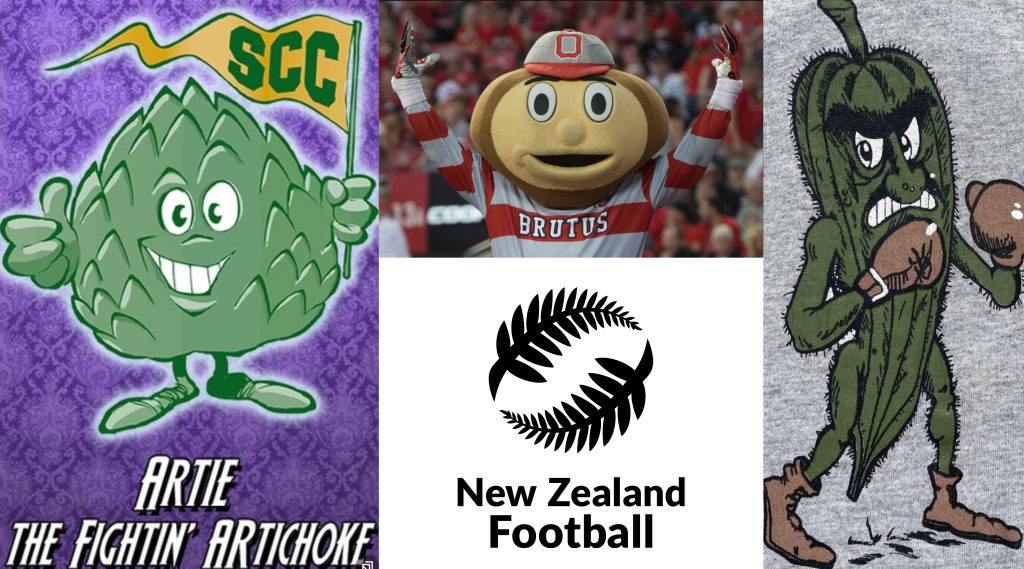By Carol Ann McCormick
Curatrix, University of North Carolina at Chapel Hill Herbarium
As we enter the Bracket Season, a.k.a. March Madness, I have been contemplating sports team names, colors, and mascots. When I moved to North Carolina in 1991, I was only vaguely aware that my employer, The University of North Carolina at Chapel Hill, had some rather well-known teams. I thought the University was very enlightened to name one of its sports facilities after an academic dean, the Dean Smith Center. I had no idea what “Division I” meant, and I was puzzled that while the teams at Carolina were known as the “Tar Heels” (whatever that was), the mascot was a sheep. Rest assured, after 30-plus years, I have gotten more clued in to the collegiate sports scene. I have even been known to lose sleep over tough losses, to wear Carolina Blue frequently, and to attend many women’s basketball and women’s soccer games.
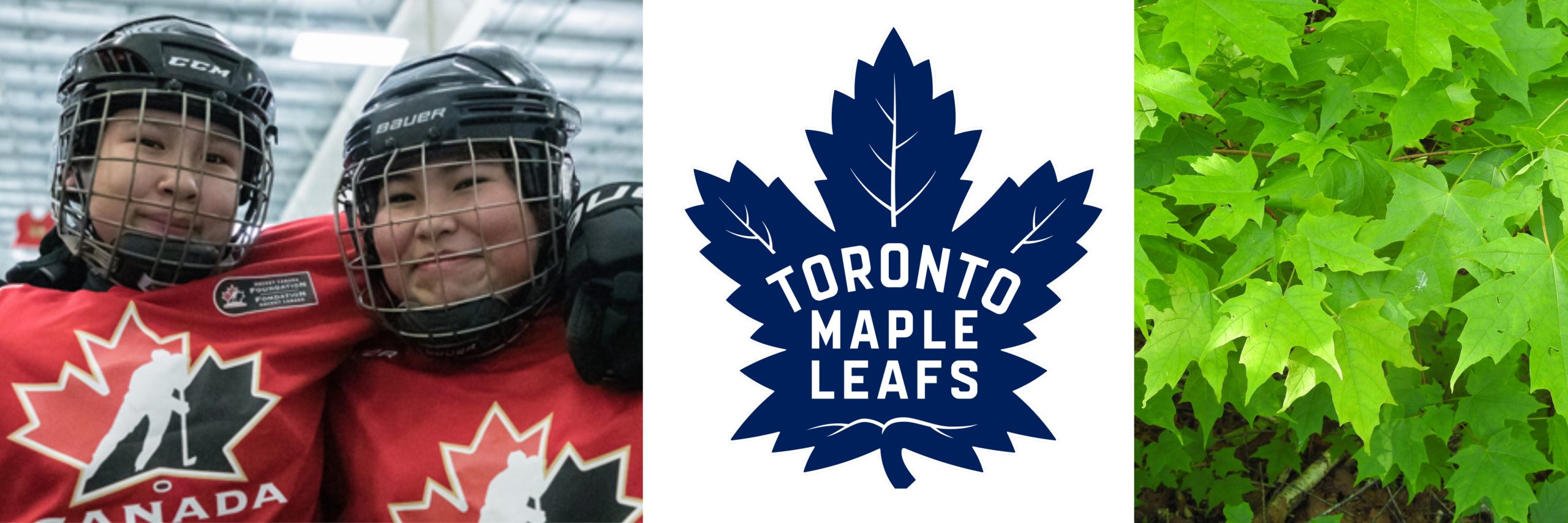
Amidst the plethora teams sporting animal names/mascots, it is refreshing when a team has a botanical name or symbol. The first botanical sports teams that comes to my mind are those from Canada. The Toronto Maple Leafs (hockey and baseball) as well as the Canadian national teams incorporate a sugar maple (Acer saccharum) leaf into their logos.
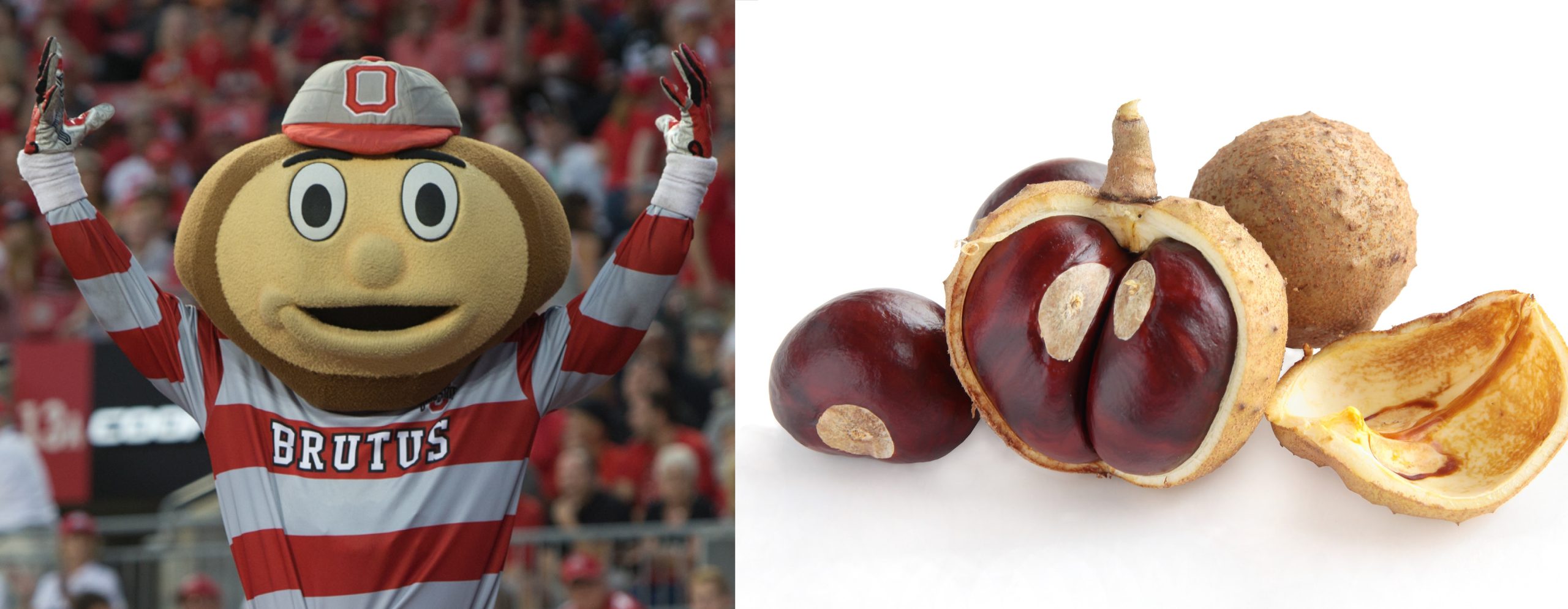
The Buckeyes of Ohio State University are named for their state tree, Aesculus glabra. I find “Brutus,” the anthropomorphic nut mascot, difficult to like, given its lack of botanical accuracy. Barely worth a mention due to its glaring lack of botanical specificity is the Stanford Tree, a dancing conifer of indeterminate species, official mascot of Stanford Band, and unofficial mascot of Stanford University.” Likewise, Otto the Orange, the mascot of Syracuse University is not a botanical representative, as The Orange refers to the color and not Citrus.
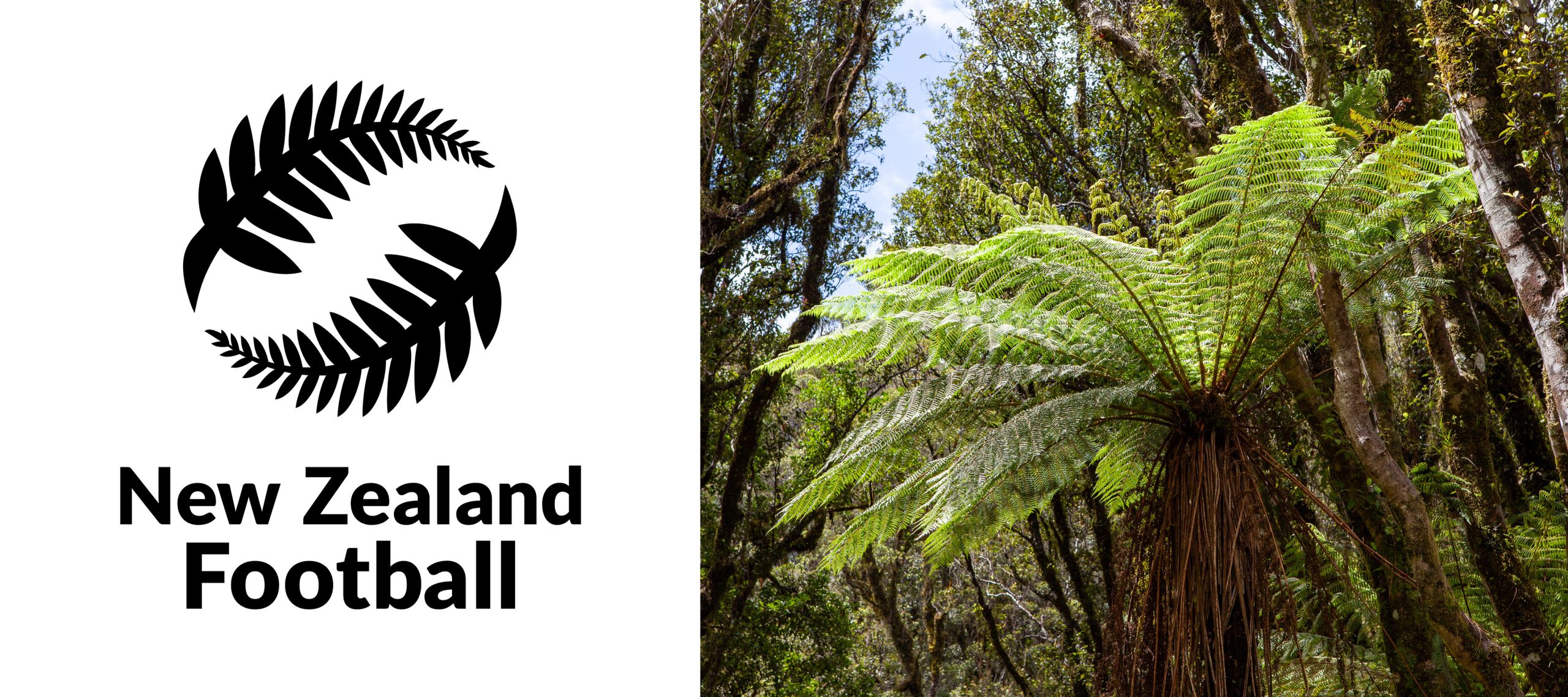
I give the award for botanical buy-in to the national teams of New Zealand which use the silver fern as part of their logos. Alsophila tricolor (or Cyathea dealbata) is a species of tree fern endemic to New Zealand. While the New Zealand national men’s rugby, soccer, basketball, men’s cricket, field hockey, sailing, and football teams all sport the silver fern logo, I have even more love for the “Silver Ferns” (netball), “White Ferns” (women’s cricket), and “Black Ferns” (women’s rugby) which fully own the pteridophyte association. New Zealand co-hosted the 2023 FIFA Women’s World Cup. Alas, the Football Ferns were eliminated in the group stage. In 2016 New Zealand considered changing its national flag, and I was a big fan of the “Silver Fern Flag“, as it satisfied the vexillilogical standards of simplicity, symbolism, few colors, no lettering/seals, and being distinctive — but the strong botanical element was the clincher. Alas, 57% of the Kiwi electorate did not agree with me.
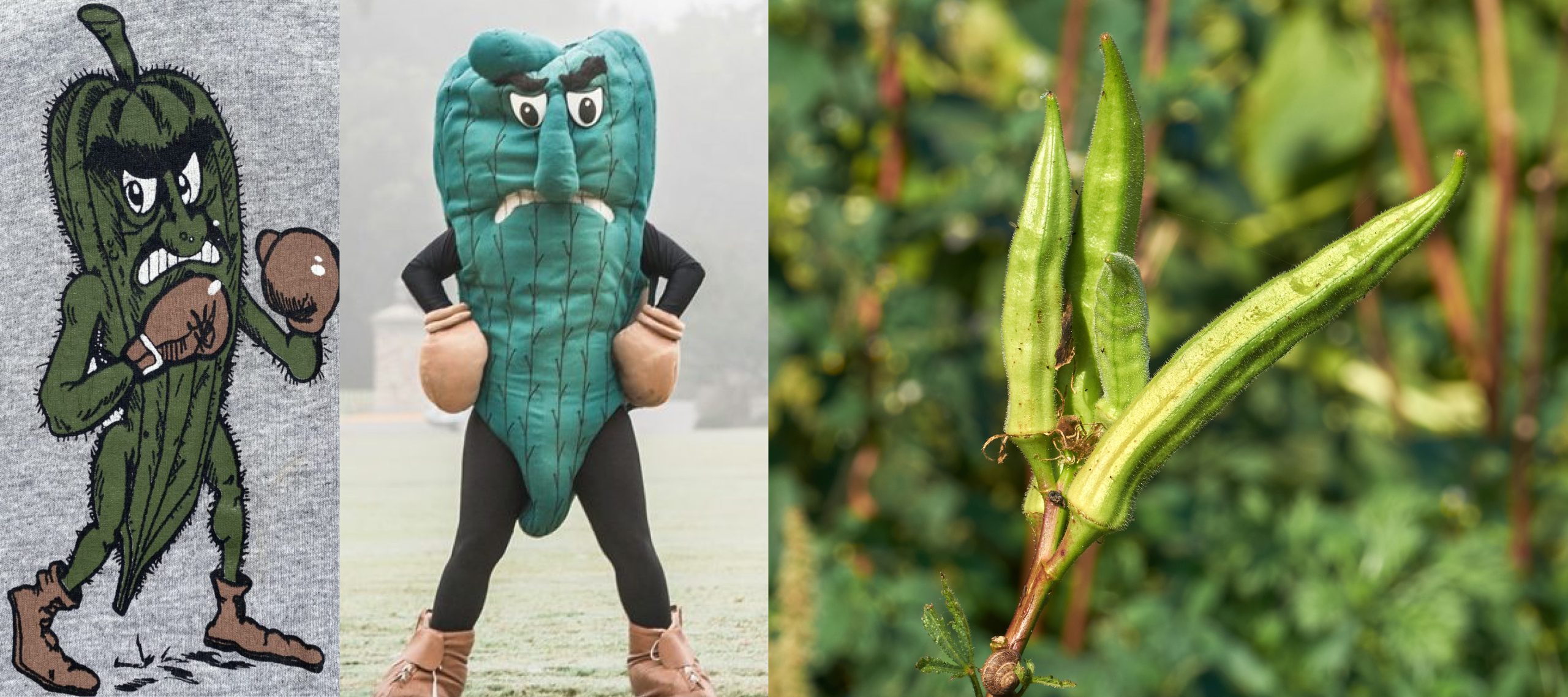
For a botanical mascot with attitude, the Delta State Fighting Okra sets the standard. I love this pugilistic vegetable’s snarling expression and hairy legs which pay homage to the furry pods of Abelmoschus esculentus. Alas, the Fighting Okra is not the “official” mascot of this university in Mississippi. “Delta State’s sports teams have officially been known as the Statesmen because of the role State Rep. Walter Sillers Jr. played in the location of the school in Cleveland. Sillers was Speaker of the Mississippi House of Representatives for 20 years. The teams with female athletes are called the Lady Statesmen. However, since the late 1980s, the student body embraced a mascot that depicts a piece of okra wearing boxing gloves and brandishing a fierce expression.”
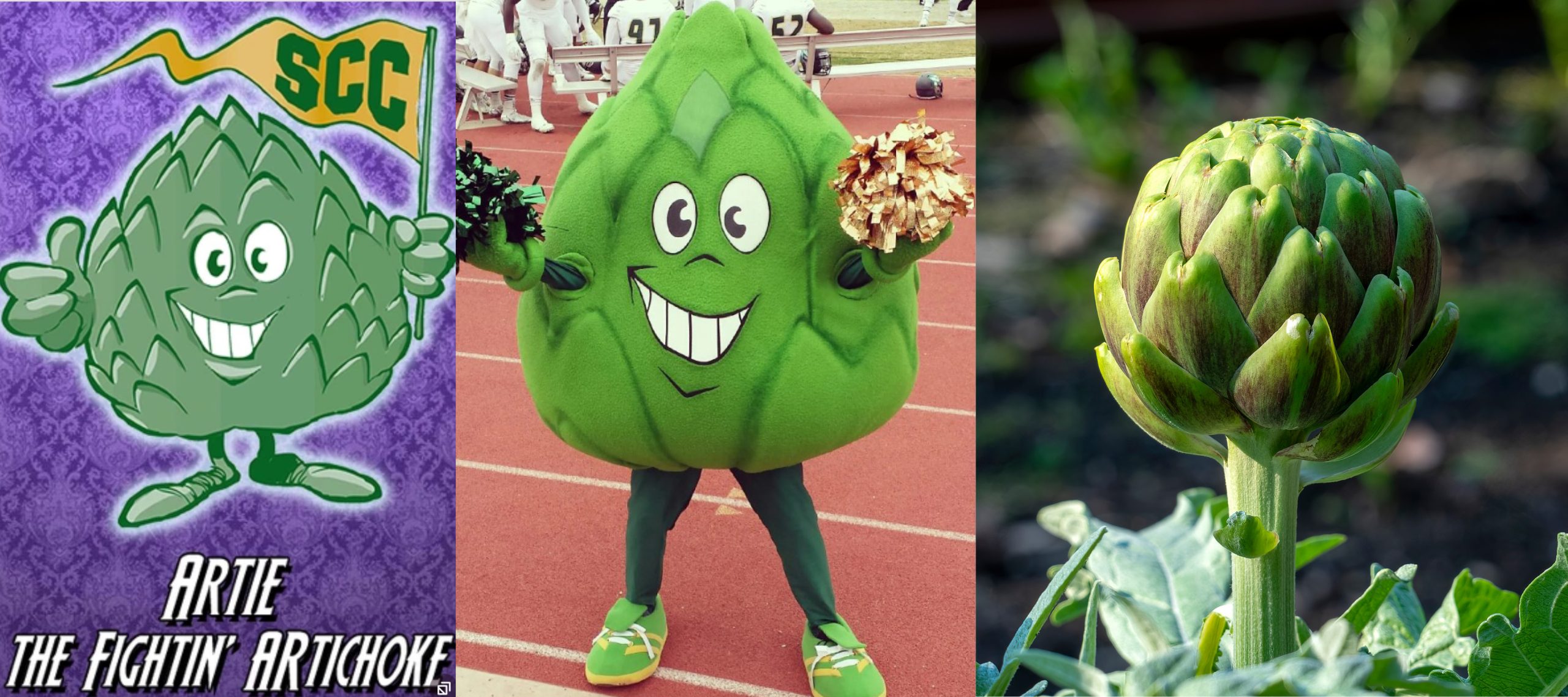
I give full marks to Artie the Fighting Artichoke (Cynara cardunculus var. scolymus), mascot of the Scottsdale Community College Fighting Artichokes. The drawing of Artie is recognizable as a stylized artichoke; the mascot costume could be “phyllarier” to be immediately recognizable as a thistle receptacle.

I thought Minor League Baseball would be fertile ground for botanical mascots, given the penchant for whimsical names — the Burlington Sock Puppets being a prominent local example. Alas, yet again the zoological mascots far outnumbered the botanical. I cringe that the Hillsboro Hops (Humulus lupulus) named their mascot “Barley” which is an entirely different plant altogether – Hordeum vulgare. I am favorably inclined to the Modesto Nuts, named for important crops in the Central Valley of California. Alas, only one of their mascots, “Wally Walnut” (Juglans regia), is a true nut; both “Al Almond” (Prunus amygdala) and “Shelley Pistachio” (Pistacia vera) are drupes.
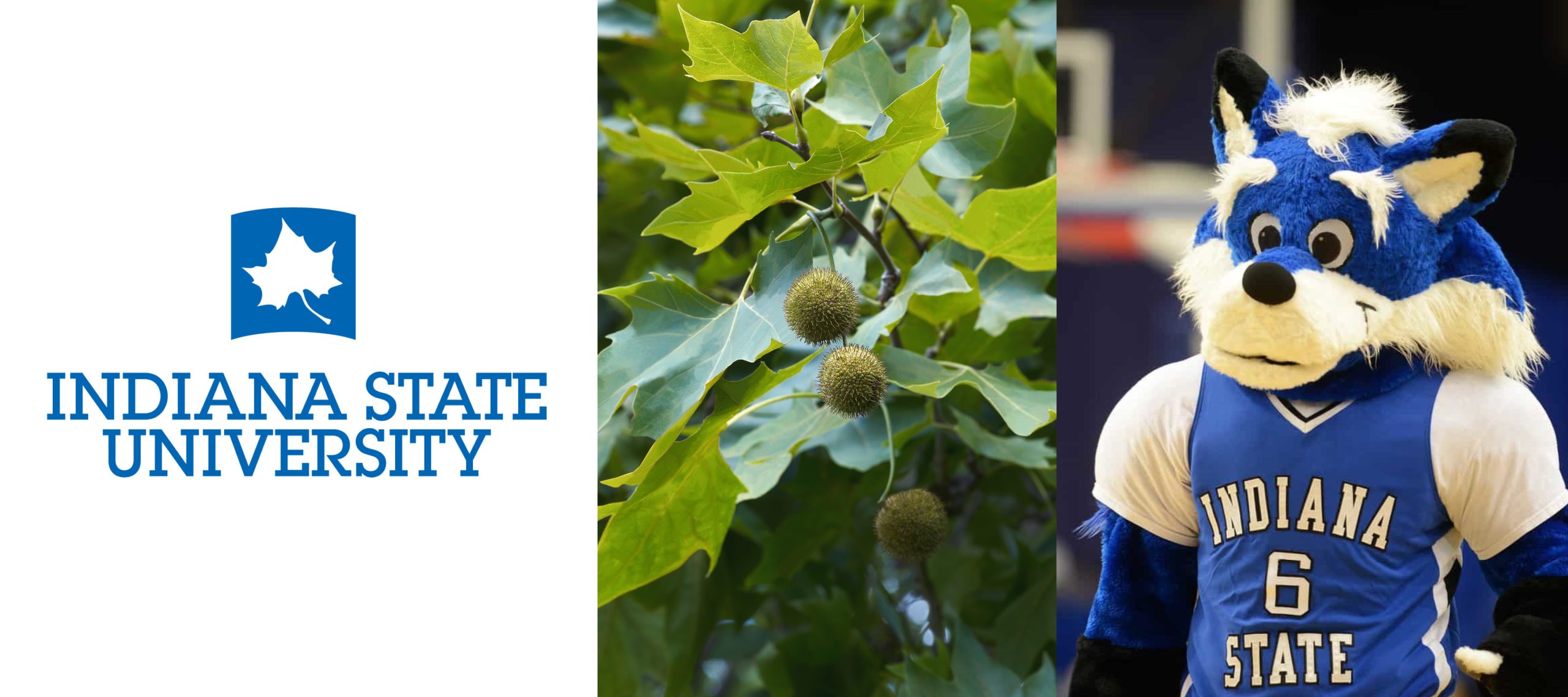
I had high hopes for the Indiana State University Sycamores, but alas they lost points with me for mascot “Sycamore Sam” – a gender neutral blue animal of no discernable species, though vaguely canine or vulpine. Fortunately the university’s logo is a recognizable Platanus occidentalis leaf.
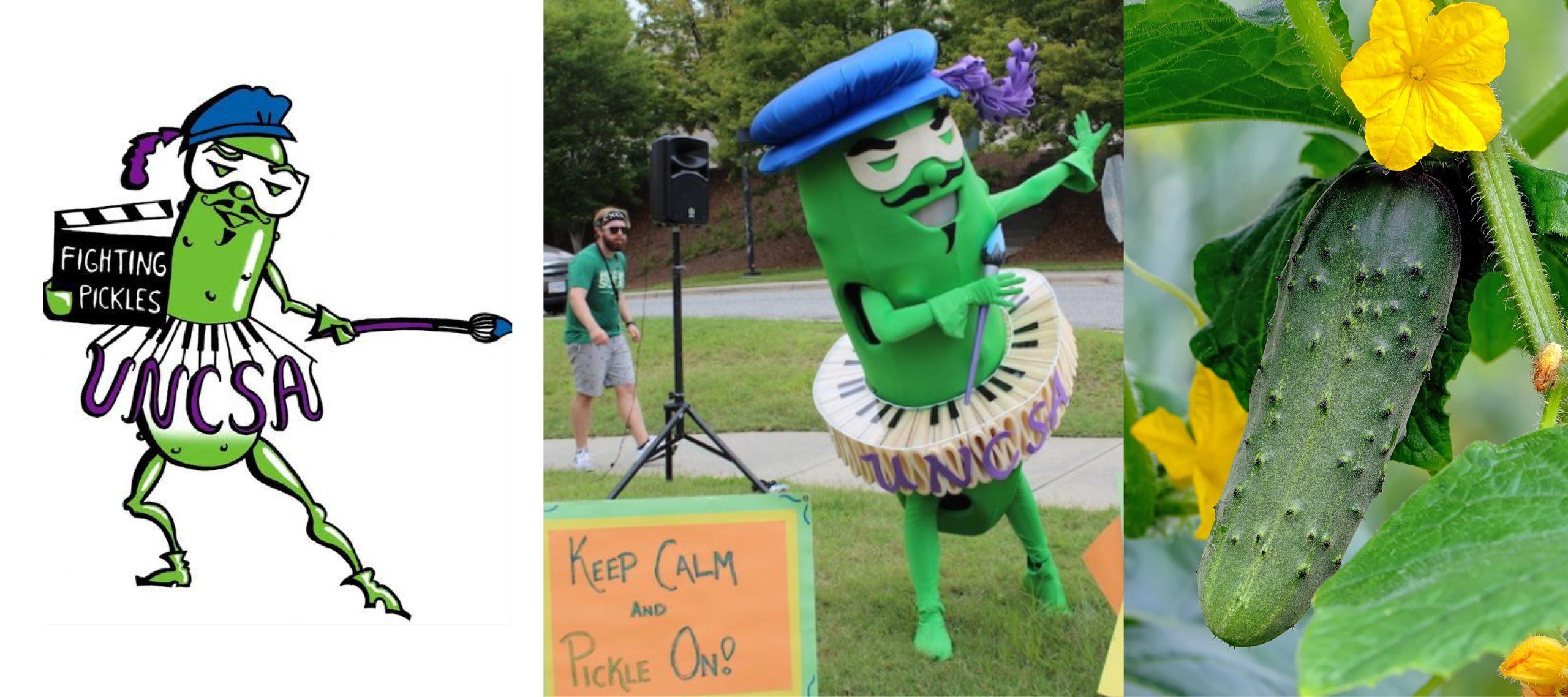
I was conflicted about the University of North Carolina School of the Arts Fighting Pickles. At first I argued that this is a culinary mascot, as one can pickle any number of foodstuffs from eggs to pigs feet to cucumbers (Cucumus sativus). However, Francis Perry’s impassioned history of the mascot, “Apicklypse Now: The True Story of How the Pickles got their Name,” convinced me that “Pickles” is indeed a botanical mascot. The Pickle’s piano-key tutu was the clincher factor for me as it is a fitting tribute to the Arts mission of the University.
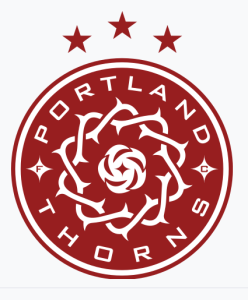
The College of DuPage has a botanical adjacent mascot, as Chaparral is a habitat description. I am rather mystified as to why a college 25 miles west of Chicago, an area known for its prairies but not chaparral, has this mascot.
I am more sympathetic to the women’s professional soccer team, the Portland “Thorns,” an homage to Portland’s nickname, Rose City. I personally would have gone with naming the team the Portland Roses, instead of going with just one part of the plant Rosa. I am less inclined to the men’s professional futbol team, the Portland Timbers — the best I can muster is that it it botanical adjacent as the name of a crop.
I fear I cannot count the University of Oregon Mandrake (Mandragora officinalis), as this mascot has been retired in favor of the Duck, “Puddles.” And since I’m being critical, I am not a fan of the Fighting Duck’s garish uniforms in fluorescent green and yellow. I recall how my daughter, when investigating options for colleges admitted that school colors played a small role in her choice. “Nobody looks good in orange,” was her fashion declaration. As for her alma mater, let’s just say she looks very good in Carolina Blue.
I reject outright the Hoopeston High School Cornjerkers and the University of Nebraska Cornhuskers as these are things done to plants.
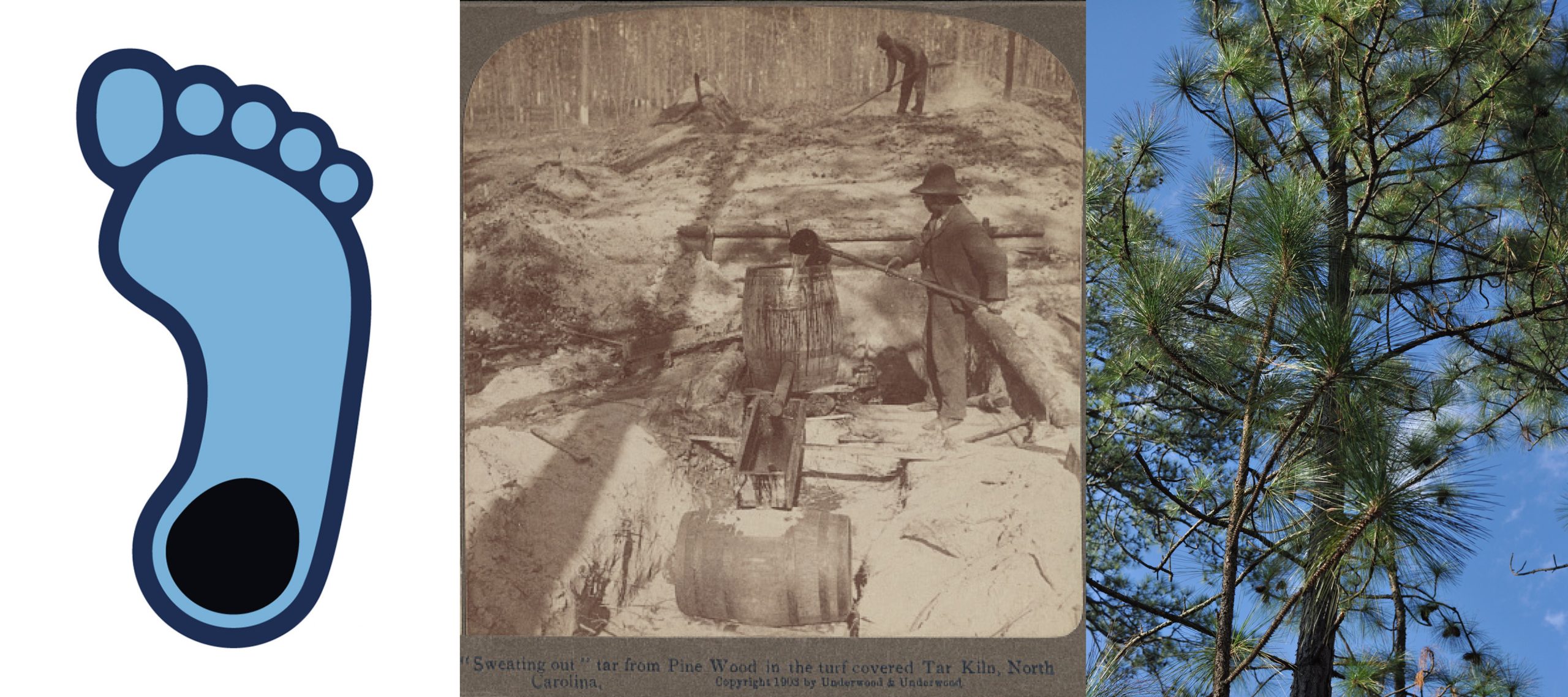
My husband pointed out that even the Tar Heels have a botanical connection… if you dig deep enough. “Eighteenth-century ships were sailing ships, and they were made almost entirely of wood. Building and maintaining wooden ships required specialized materials and a global industry to produce them. Naval stores are goods (stores, or things stored for later use) used in building and maintaining ships. Originally, “naval stores” included everything used to build a ship, including wood and cloth, but by the end of the colonial period it meant tar, pitch, and turpentine. All of these products were manufactured from pine trees, which North Carolina had in abundance. For that reason and others, North Carolina became a key supplier to the British Navy, and naval stores became central to the colony’s economy.” A “tar heel” was a worker in the production of tar, pitch, or turpentine from the longleaf pine (Pinus palustris).
Next time I’m at a Carolina women’s basketball game and shout out “Pinus” I want to hear all members of the North Carolina Botanical Garden in the stands roar back, “palustris.” Go Heels!
Credits & Notes
Hockey Canada: https://www.hockeycanada.ca/en-ca/home|
Brutus Buckeye: https://en.wikipedia.org/wiki/Brutus_Buckeye
Stanford University Tree: https://en.wikipedia.org/wiki/Stanford_Tree
Otto the Orange: https://en.wikipedia.org/wiki/Otto_the_Orange
College Mascots: https://en.wikipedia.org/wiki/List_of_college_mascots_in_the_United_States
New Zealand Football: https://en.wikipedia.org/wiki/New_Zealand_women%27s_national_football_team
New Zealand national team names:
https://en.wikipedia.org/wiki/New_Zealand_national_team_nomenclature_based_on_the_%22All_Blacks%22
New Zealand flags: https://en.wikipedia.org/wiki/Flag_of_New_Zealand
Delta State University: https://en.wikipedia.org/wiki/Delta_State_University
Scottsdale Community College: https://www.scottsdalecc.edu/students/student-experience-leadership/mascot
Minor League Baseball team names: https://www.milb.com/about/teams
Hillsboro Hops: https://www.milb.com/hillsboro/fans/information
Modesto Nuts: https://en.wikipedia.org/wiki/Modesto_Nuts
Indiana State University: https://en.wikipedia.org/wiki/Indiana_State_Sycamores ; https://www.indstate.edu/university-marketing/brand-toolbox/logos
University of North Carolina School of the Arts: https://www.uncsa.edu/about/how-the-pickles-got-their-name.aspx
College of DuPage: https://en.wikipedia.org/wiki/College_of_DuPage
Portland Thorns FC: https://en.wikipedia.org/wiki/Portland_Thorns_FC
University of Oregon mandrake: https://fishduck.com/2020/09/the-duck-that-couldnt-fly-oregons-mandrake/
University of Oregon ducks: https://fishduck.com/2020/09/the-duck-that-couldnt-fly-oregons-mandrake/
Naval Stores: https://www.ncpedia.org/anchor/naval-stores-and-longleaf, https://www.loc.gov/item/2022652475/
Special thanks to Mark Peifer for allowing me to photograph the Fighting Okra from his Delta State University t-shirt.
The opinions on the quality of the various mascots are entirely my own. They are also absolutely correct. If you have a different opinion, then write your own dadgum newsletter article.
